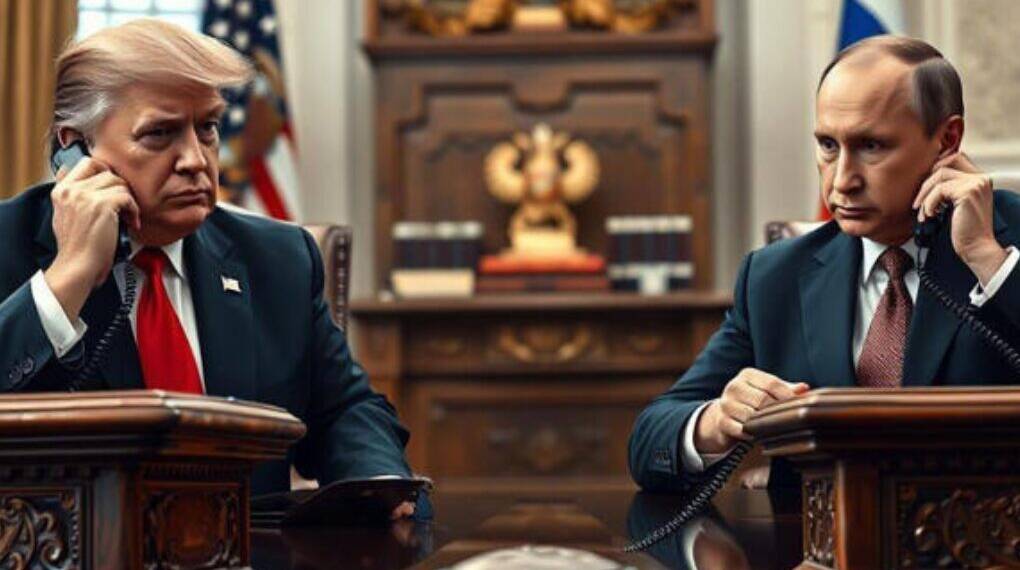Tensions between the United States and Russia have flared again after former U.S. President Donald Trump announced a sweeping new plan to send advanced weaponry to Ukraine. In response, Russia has reminded the world that its nuclear doctrine remains fully active, reinforcing its readiness to escalate militarily under certain conditions.
On Wednesday, Kremlin spokesperson Dmitry Peskov told Russian state media, “Russia’s nuclear doctrine remains in effect, and thus, all its provisions continue to apply.” His statement came just two days after Trump revealed an ambitious weapons package aimed at bolstering Ukraine’s defenses amid its ongoing war with Russia.
Trump’s Bold Military Strategy
Speaking from the Oval Office on July 14, Trump outlined a strategy involving the deployment of “top-of-the-line weapons” to NATO allies, many of which will eventually be sent to Ukraine. These include advanced missile systems, heavy ammunition, and state-of-the-art air defense platforms.
One key addition is the U.S.-made Patriot missile defense system, which has already begun deployment to the region. NATO Secretary-General Mark Rutte confirmed the aid package, emphasizing its role in countering Russia’s persistent missile and drone attacks on Ukrainian cities.
Trump, who during his previous term took a more confrontational approach toward Moscow than President Joe Biden, also issued a stark warning to the Kremlin. He stated that if Russia fails to agree to a peace deal within 50 days, his administration will impose “severe trade tariffs” as a punitive measure.
Russia Reaffirms Nuclear Posture
Russia’s response has reignited global concerns over nuclear escalation. The country possesses the largest stockpile of nuclear warheads globally, followed closely by the United States. Under its nuclear doctrine, Russia reserves the right to use nuclear weapons in the event of a significant threat, particularly from a non-nuclear nation supported by a nuclear-armed ally, a scenario that closely mirrors the current Ukraine conflict.
In December 2024, Russian President Vladimir Putin updated this doctrine, broadening the conditions under which nuclear weapons could be used. The changes reportedly allow for swifter justification of nuclear strikes, especially in response to perceived threats involving weapons of mass destruction or attacks on critical infrastructure.
Hopes for Diplomacy Remain — Tentatively
Despite the rising military rhetoric, Peskov suggested that diplomatic efforts were still in play. He acknowledged that Trump and his team had taken the lead in mediating potential peace talks. “Many statements have been made, many expressions of disappointment voiced, but we certainly hope there is also pressure on the Ukrainian side,” he said.
Interestingly, Peskov hinted that a meeting between Trump and Putin could be arranged quickly, although no official steps have yet been taken. Whether this is a genuine opportunity for diplomacy or a strategic maneuver remains unclear.
A Volatile Path Forward
With nuclear threats resurfacing and heavy weapons flooding into Ukraine, the conflict appears poised for a dangerous new phase. The international community watches closely as leaders on both sides push aggressive strategies while maintaining a fragile thread of diplomatic possibility.
The next 50 days, marked by Trump’s ultimatum to Moscow, may prove crucial in determining whether the path ahead leads toward resolution or deeper confrontation.








